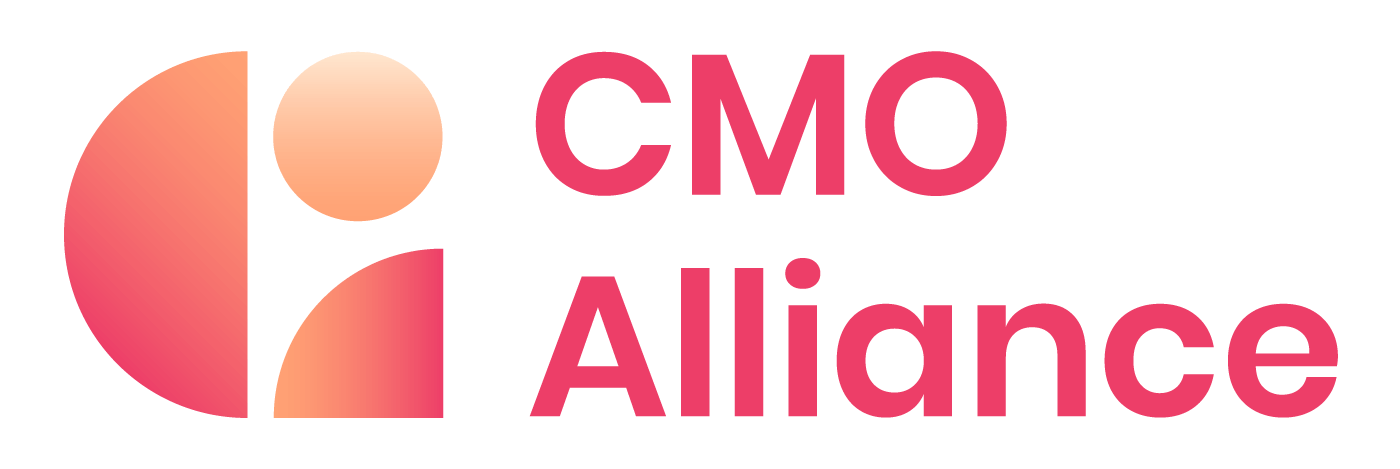The primary driver in effective marketing is content. Content is one of the best ways to convince a customer that your product or service can solve their problem. This, I believe, is the opportunity for true personalization.
A decade ago, merely recognizing a customer by their name was deemed personalization. Today, we've moved beyond that. We need to demonstrate a comprehensive understanding of the customer's preferences, much like Netflix does.
When Netflix sends you movie recommendations that align with your viewing patterns, they've shown that they understand you. Whether we operate in B2C or B2B, customers not only find this level of personalized service useful, but they also expect it in marketing today.
Product experiences play a key role here, keeping users engaged through relevant content and feature recommendations. Yet, in many ways, content marketing has been reduced to content creation for the sake of content creation. Content distribution should be as, if not more, important than creating it as a part of your overall content strategy.
We often neglect the equally crucial task of leveraging this content to build relationships. That's where distribution comes in. We have to position and share the content with the right people, at the right time and place.
But content creators and content distributors, despite their interconnected roles, often operate in silos. As a result, users never properly utilize a staggering amount of created content. Creating and distributing content need to go hand-in-hand.
What is personalization in marketing?
Personalization in marketing is all about making your customers feel special and understood on a personal level. It means going beyond just dropping their name into emails and instead crafting messages, offers, and experiences tailored to their specific interests, behaviors, and needs.
It's about treating each customer as the unique individual they are, not just tossing out generic, one-size-fits-all promotions. When personalization is done right, it deepens customer connections, boosts satisfaction, and keeps folks coming back for more of those VIP-level experiences.
The rise of personalization within marketing has prompted a reevaluation of my approach to content marketing. A greater emphasis needs to be placed on using content effectively once it's been created. It's not just about the quality of the content, it's the user's experience of finding and using it.
This involves paying attention to the environment, the structure, and methods of engaging the audience. It's a blend of content distribution and site architecture, ensuring the content is easily accessible and navigable for the audience.
Moving away from one-size-fits-all
We need to shift from a one-size-fits-all approach to a personalized approach in content marketing – content marketing 2.0, if you will. Current content categorization on websites is typically based on the type of content - videos, ebooks, blogs, and so on. This disregards the unique needs of different customers. A customer-centric approach would involve curating the right content for the right target audiences at the right time.
Centralizing and organizing content
In discussing the construction of compelling content experiences, it's crucial to first acknowledge the less glamorous aspects of the process. We must start by centralizing and organizing our content.
Too often, this step is overlooked. People attempt to create content on the fly, which can result in a chaotic, scattered body of work. Imagine starting a new role in a company where the content is all over the place, untagged and disorganized. It's hard enough for you to find relevant content, let alone for your buyers to find it.
And if it's hard to find, why should search engines care when they crawl it?
The groundwork of content organization
Once the groundwork of content organization is laid, the fun begins. We can either manually curate our content experiences, or we can start using AI. This technology can match tags against things like intent, and help deliver contextual content based on a customer's search trends.
How to engage potential buyers with content
Research has shown that, while many marketers feel confident in identifying potential buyers (75%) and attracting them (64%), only 11% felt that they could effectively engage buyers once they had their attention.
This is a clear indication that marketers need to evolve their focus from merely identifying and attracting buyers to actively engaging them.
One challenge is the reliance on external web developers or agencies, which can slow down content creation and modification. Many startups might find it prohibitive to have these resources in-house. However, it's critical to strike a balance between using external resources and leveraging in-house ones.
The right tools allow marketers to be part of the solution. Tools like Unbounce for landing page creation and Stencil for email campaign templates have become indispensable for us.
Adaptability is crucial in the fast-paced world of marketing. The ideal marketing or sales team should be able to modify a stream of content within minutes. They can then respond rapidly to changing customer needs.
It's equally important that the creation of content experiences isn't the sole responsibility of the content team. Content needs to be part of a broader strategy, encompassing the entire customer journey. From identifying and attracting potential buyers to keeping them engaged.
The role of all departments
A consistent narrative is essential across different departments, and the use of content should be seamless. Not just in the marketing team, but across other departments like sales or customer support. It's often a humorous (and frustrating) experience when the marketing automation system and a sales rep send you the same email. This is a clear indicator of a lack of alignment within an organization.
To address this, we need to partner with sales and customer success reps. It's marketing's role to equip them with the right content at the right time. After all, content should be a tool accessible to everyone within the organization, not just the marketing team.
How to develop rich content experiences
I always believe that an understanding of the process is critical when it comes to developing rich content experiences. This is also something I often encourage my fellow CMOs to undertake. As we've previously discussed, the first steps in this process involve the centralization and organization of content. I've been refining this method for the past four or five years, based on principles I detailed in my book, "F#ck Content Marketing, Focus on Content Experience".
The challenge of scaling personalization
The next big step is personalization. However, this task can be challenging to scale without laying the groundwork on what content is available and how it's organized. Once we've personalized the content, be it through manual curation or AI, we then need to distribute it.
It's a common misconception that once content is personalized, the right audiences will automatically find it. That's not the case. While SEO plays a part, we often need to actively drive audiences towards the content with site structures and other channels like email marketing. That's why our campaign spend remains pivotal.
The cycle of content marketing
Distribution, therefore, is an integral part of the process. But it doesn't stop there. The final stage is generating results, learning, and adapting. It's not just about acquiring leads or MQLs, but also about understanding what content holds the most value at different stages.
This knowledge allows us to circle back to the origin of our discussion – content marketing. It provides insights into the type of content we should be creating next based on what our audience is using and what may be missing in their buyer journey.
I realize that investing time and resources into this process might feel daunting for many content marketers. If you find yourself wondering how to convince others in your organization to invest in this, a significant shift in mindset might be required. A useful place to start could be my book, which is available on Amazon. It delves into this mindset shift and outlines who should own the content experience.
Another excellent resource is the Forrester report on the engagement buyer gap, which is readily available on our Uberflip page. You could also visit Uberflip.com/relevance to take some insightful quizzes that help gauge your current relevance to your audience. These resources should set you on the right path.
Moreover, I'm always available for a good chat on LinkedIn. Connect with me there to continue this fascinating conversation.
Interested in talking content experiences? Head to the CMO Alliance community to join the conversation.



